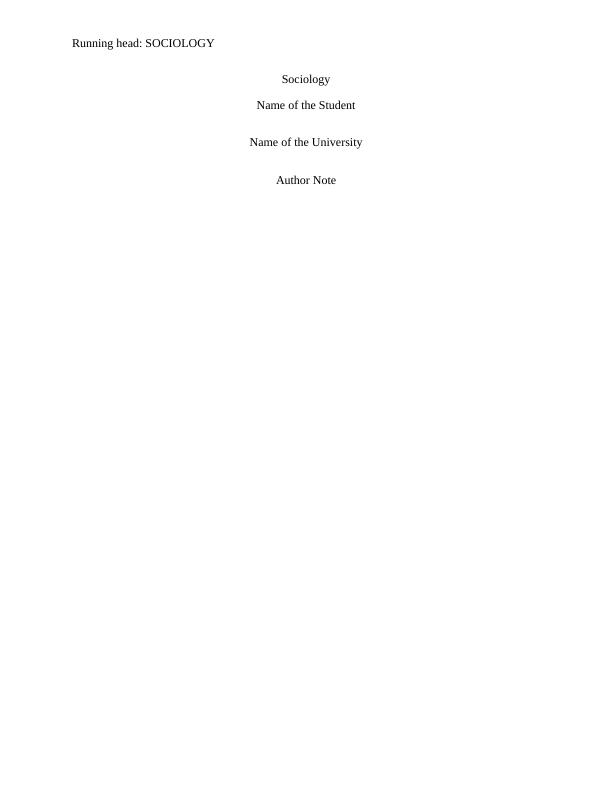Stereotyping and Prejudice in Sociology
This assignment requires you to analyse and evaluate information and complete the series of task requirements related to factors that influence prejudice and discrimination, be it in thought, belief, opinion, behaviour and actions as individuals or in groups.
6 Pages1538 Words49 Views
Added on 2023-01-11
About This Document
This document explores the concepts of stereotyping and prejudice in sociology. It discusses the different types of stereotypes, such as explicit and implicit stereotypes, and the impact of prejudice on individuals and society. The document also examines the theories of prejudice and provides examples of discrimination based on race and gender. References are included for further reading.
Stereotyping and Prejudice in Sociology
This assignment requires you to analyse and evaluate information and complete the series of task requirements related to factors that influence prejudice and discrimination, be it in thought, belief, opinion, behaviour and actions as individuals or in groups.
Added on 2023-01-11
ShareRelated Documents
End of preview
Want to access all the pages? Upload your documents or become a member.
Prejudice is Inevitable
|8
|1918
|78
THE INTRODUCTION TO SOCIOLOGY
|5
|782
|10
Equality, Diversity and Fair Treatment
|10
|650
|61
Cultural Diversity in Criminal Justice
|6
|1101
|1
Study of Human Behavior due to Cross Culture
|6
|1668
|62
Equality and Diversity in the Workplace : Assignment
|7
|1756
|154



